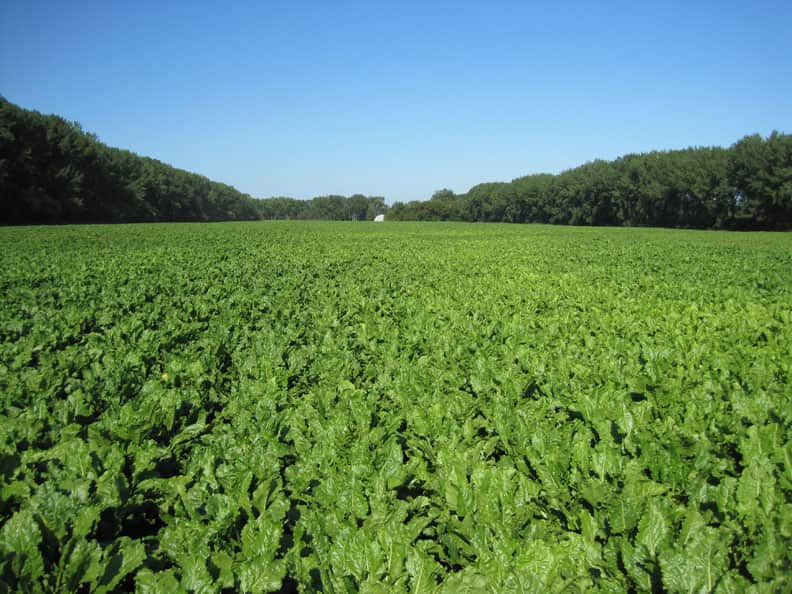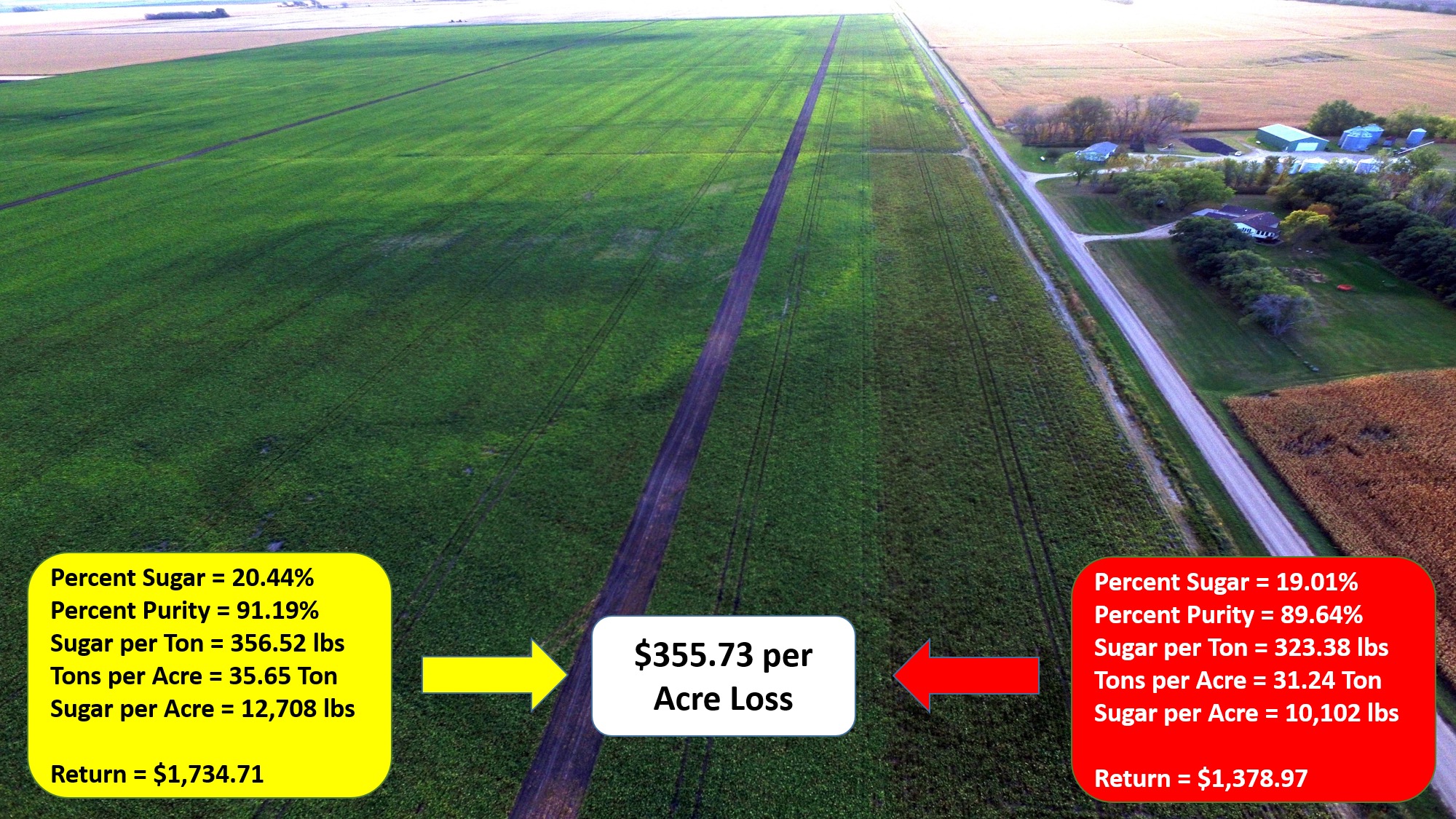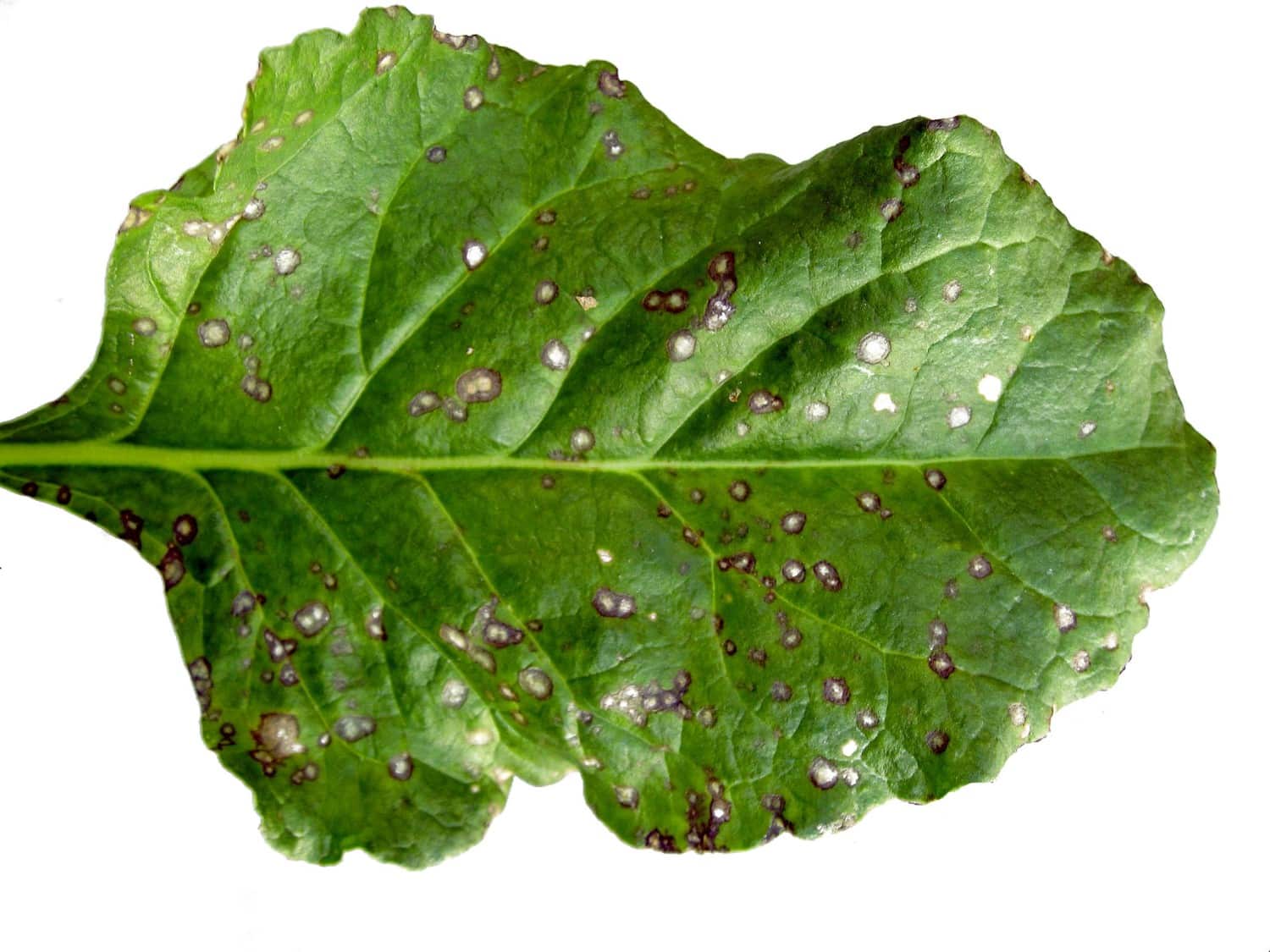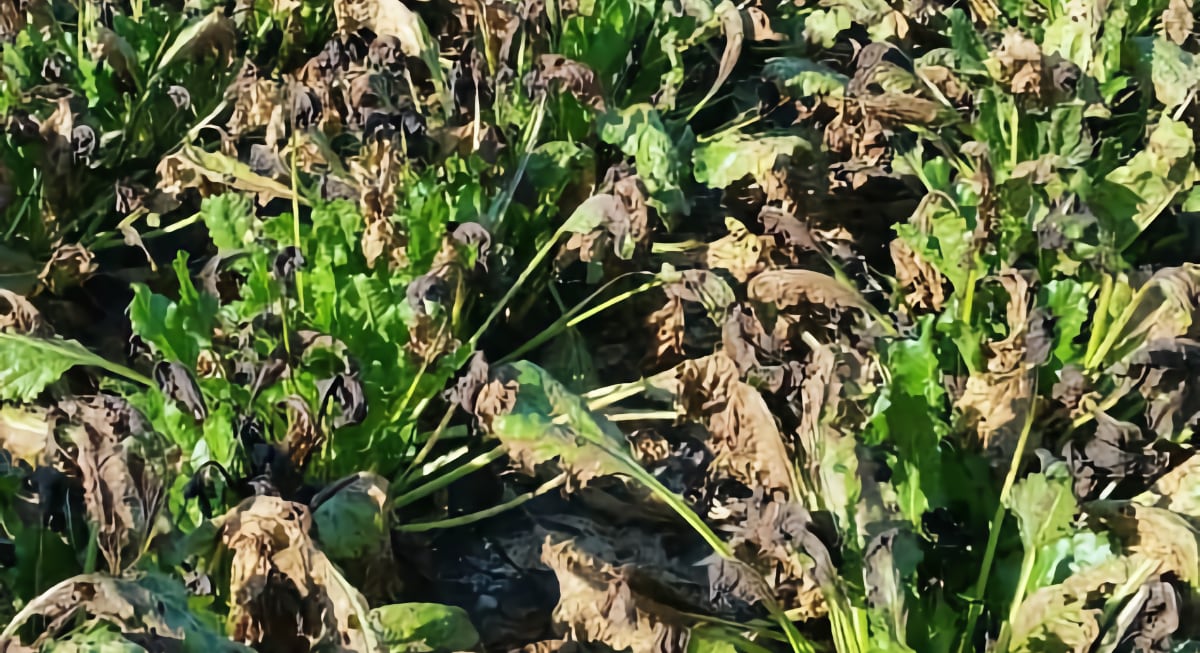Cercospora Leaf Spot Management: Plan Now for Success

Cercospora leaf spot or CLS is the most destructive foliar disease of sugarbeet in North Dakota and Minnesota (NDSU Crop & Pest Report). The severity of CLS infestation can reduce tonnage, sugar concentration, and more. In fact, growers have lost $200, $300 and even $400 dollars per acre to this scourge in the last three to four years.

Timely Fungicide Application is Key
The best way to control CLS during the growing season is to apply effective fungicides in a timely manner. However, resistance to three fungicide classes has made achieving good to excellent Cercospora control very challenging. The dry weather over much of the sugarbeet growing area may slow early disease onset, but thunderstorms with good rainfall, and a few warm nights can change the disease threat very quickly. Fields were at economic loss levels even in the Drayton district in 2020.
Research Results Point the Way
Research results by Fargo USDA and Southern Minnesota Beet Sugar Coop scientists in 2020 point the way to achieving better Cercospora control. This research was presented at the biennial American Society of Sugarbeet Technologists meeting in late winter March 2021.
Sugar cooperative agronomists collected beet leaf samples on a weekly basis well before row closure. Utilizing recent USDA-developed strategies and adapting technology, the presence of Cercospora in the plants can be detected well before leafspots become visible. Once disease presence is documented, a very early fungicide application can be applied. This very early application is commonly applied well before row closure. Growers utilizing those sample results to trigger an unusually early fungicide application in 2020 had far less yield loss than in previous years. American Crystal Sugar Cooperative will also have a first-year pilot program using this technology in the Moorhead factory district in 2021.

Cercospora inoculum levels are high throughout the Minnesota and North Dakota growing areas for 2021. Fields in 2020 that were adjacent to fields with significant disease in 2019 had early disease onset. If entire fields are not sprayed early before row closure, then the field should be ringed with fungicide early.
Stay Informed About Cercospora Locally
Keeping abreast of Cercospora development in your growing area is critical if you want to stay on top of the disease progression. Remember:
- Sugar company agronomists and most crop consultants are your “go-to” experts for information.
- Watch the company websites for updates on disease progress.
- The weekly ND Crop and Pest Report will also have excellent information from university scientists, sign up for it if you don’t get it.
As always, read and follow label recommendations. Be sure application equipment applies the right gallon per acre (gpa), with the correct nozzles for the task at hand.

And of course, now is the perfect time to use digital tools like FarmQA’s Scouting and Recommendations features to spot issues like Cercospora and provide fungicide treatment recommendations to growers. To see if FarmQA is right for you, contact us today for a free demonstration.
Photos courtesy of Dr. Mike Metzger, Minn-Dak Farmers Cooperative, Wahpeton, ND.





